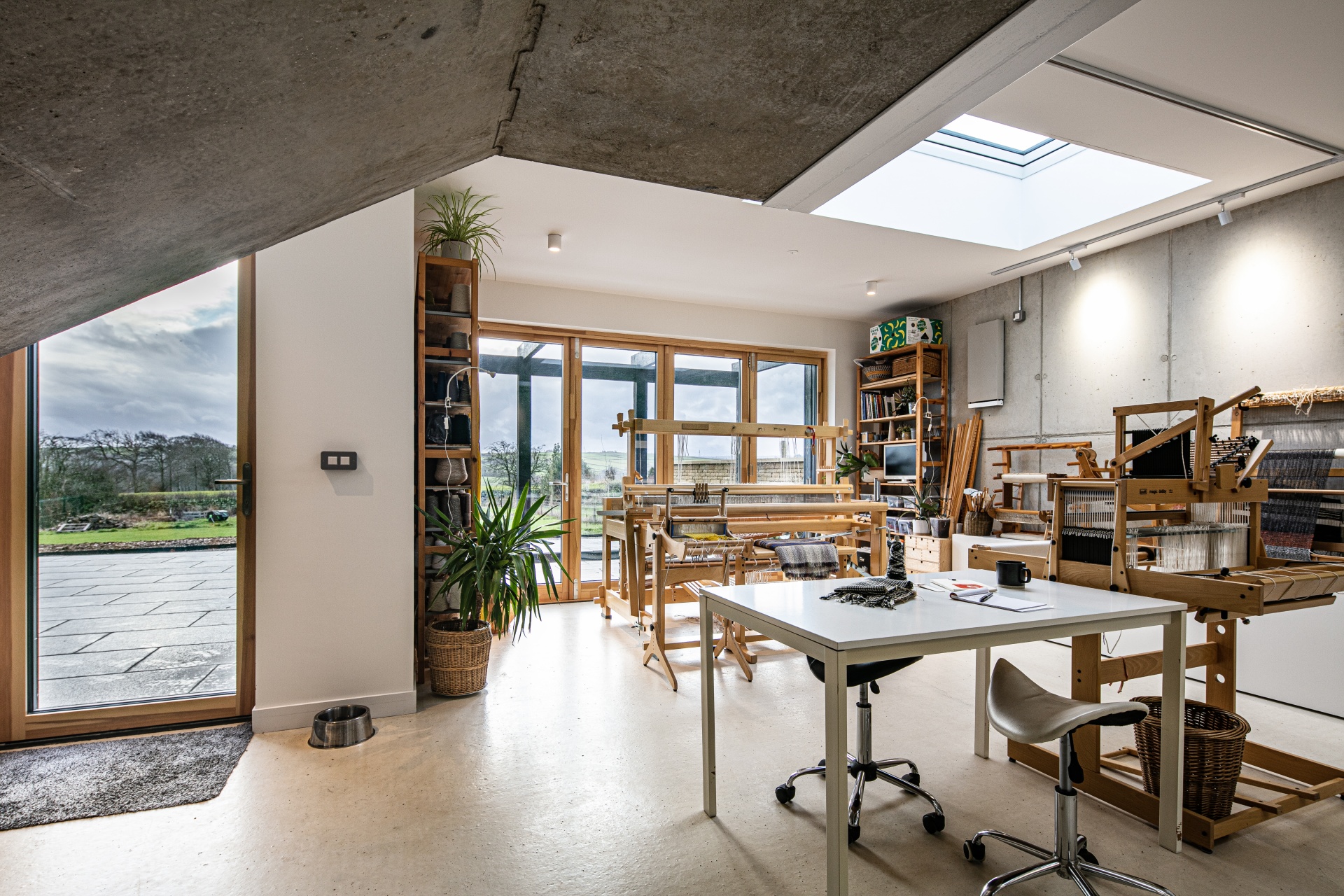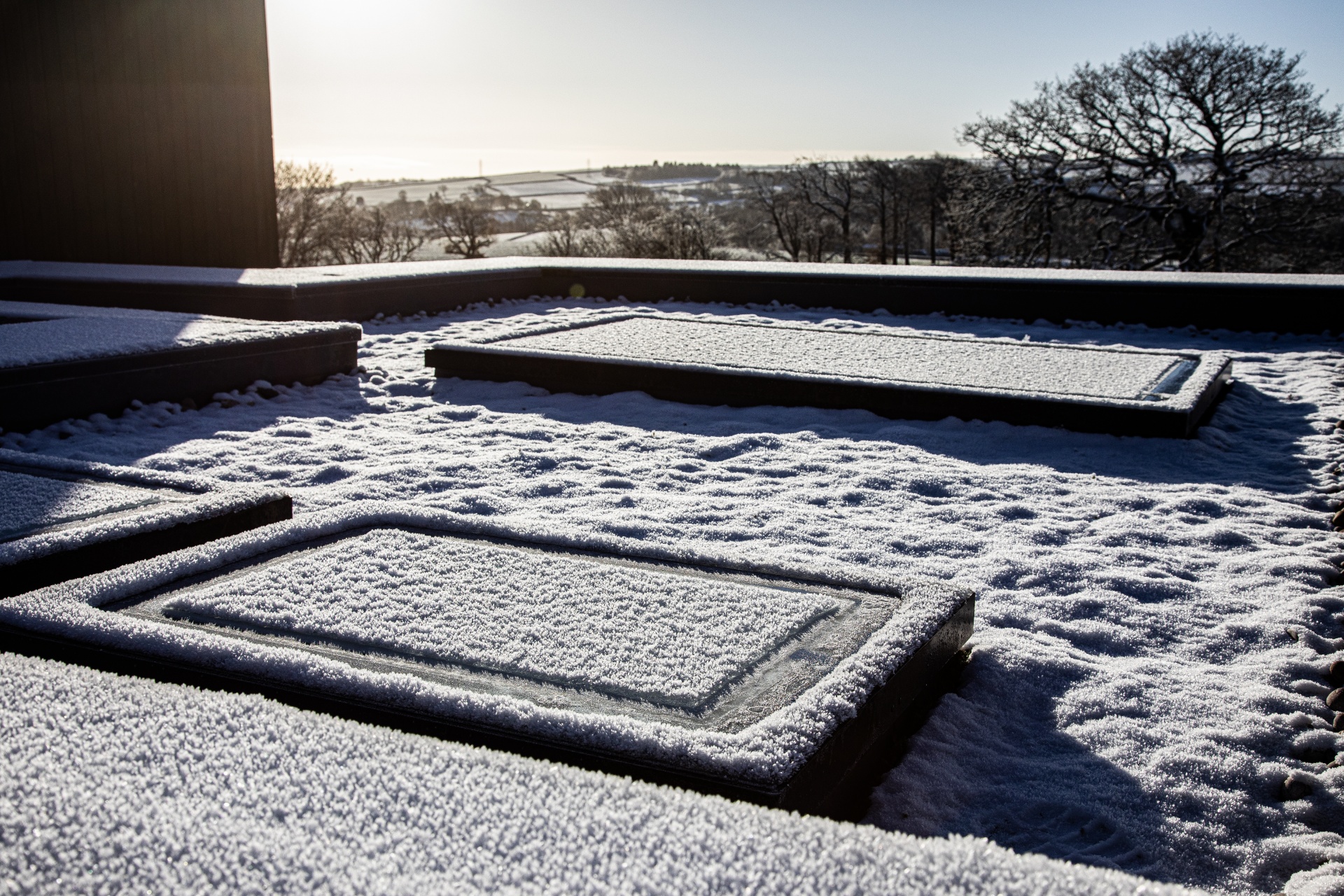How architects can balance design and sustainability in 2025
As we move further into 2025, architects face an increasing challenge: balancing aesthetics with sustainability. With the UK striving to meet ambitious carbon targets and consumers demanding greener buildings, the architectural landscape is evolving. At FAKRO GB, we understand that true innovation lies in seamlessly integrating sustainability with outstanding design. The question is, how can you achieve this without compromise?

Embracing sustainable materials without sacrificing style
The materials you choose play a pivotal role in the sustainability of your designs and the days of assuming eco-friendly products means a lack of beautiful design are long gone. In 2025, you have access to a wealth of responsibly sourced, high-performance materials that offer both durability and design flexibility.
FAKRO GB is committed to sustainability through the use of FSC-certified timber, energy-efficient glazing, and recyclable components in our products. Combining this with customisable options, you can achieve visually appealing results while ensuring your projects align with the principles of sustainable design.
Prioritising energy efficiency and passive design
Passive design principles are shaping the future of architecture, allowing buildings to harness natural resources to regulate temperature and lighting. Those who integrate passive design strategies can create spaces that are exceptionally energy-efficient.
The strategic placement of high-performance roof windows can significantly enhance a building’s efficiency. At FAKRO GB, our advanced glazing solutions help architects maximise natural light while reducing heat loss, lowering energy consumption, and ensuring year-round comfort. By considering the orientation, insulation, and ventilation of a building, you can continue to make sustainability an intrinsic part of the design process.
Leveraging smart technology for sustainable living
The rise of smart technology is revolutionising how many architects approach sustainability. Automated systems, from weather-responsive roof windows to intelligent shading solutions, enable buildings to adapt to environmental conditions in real time.
FAKRO GB’s range of smart home roof windows integrate seamlessly with home automation systems, allowing users to manage ventilation, reduce solar gain, and control indoor environments. These innovations empower architects to design buildings that are functional and innovative, meeting the evolving expectations of clients and regulatory requirements.

Achieving net zero
As the UK pushes forward with its net-zero commitments, architects have a crucial role in shaping a more sustainable built environment. Beyond individual projects, the industry must embrace a holistic approach to sustainability, considering the entire lifecycle of materials, operational energy efficiency, and the long-term environmental impact of buildings.
Collaboration between architects, manufacturers, and policymakers is essential. By choosing partners like FAKRO GB, who prioritise sustainable solutions, you can create spaces that not only meet today’s standards but set new benchmarks for the future.
Designing for the future
The architecture of 2025 does not need to compromise on style to meet sustainability targets. With the right materials, technology, and design principles, you can craft buildings that are environmentally responsible without sacrificing creativity.
By prioritising sustainable innovation while maintaining a strong design ethos, architects can shape a built environment that is both inspiring and responsible.






